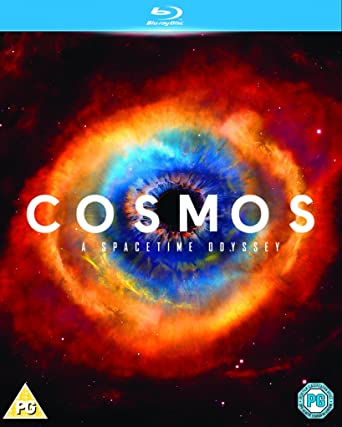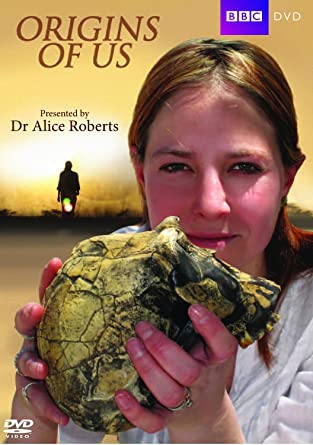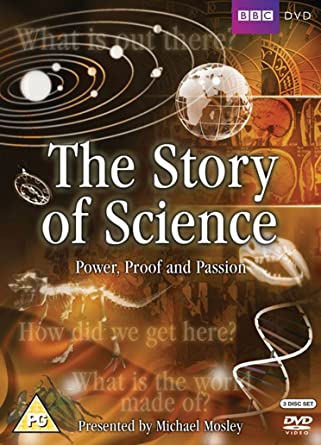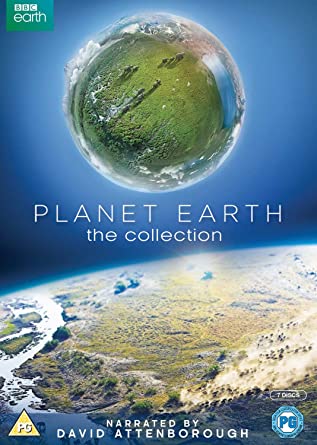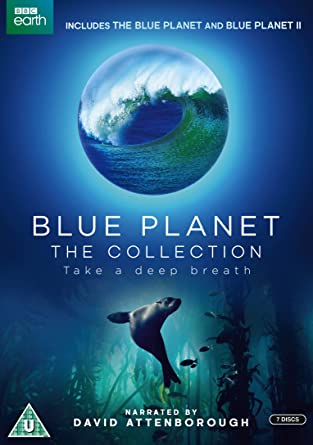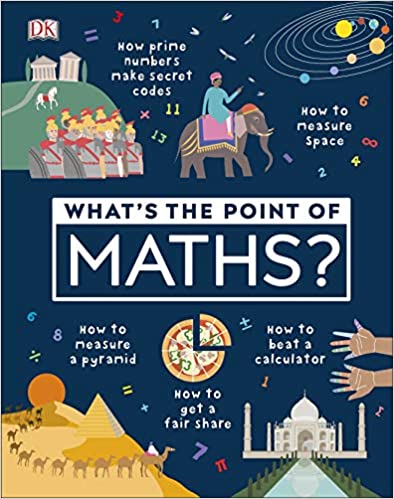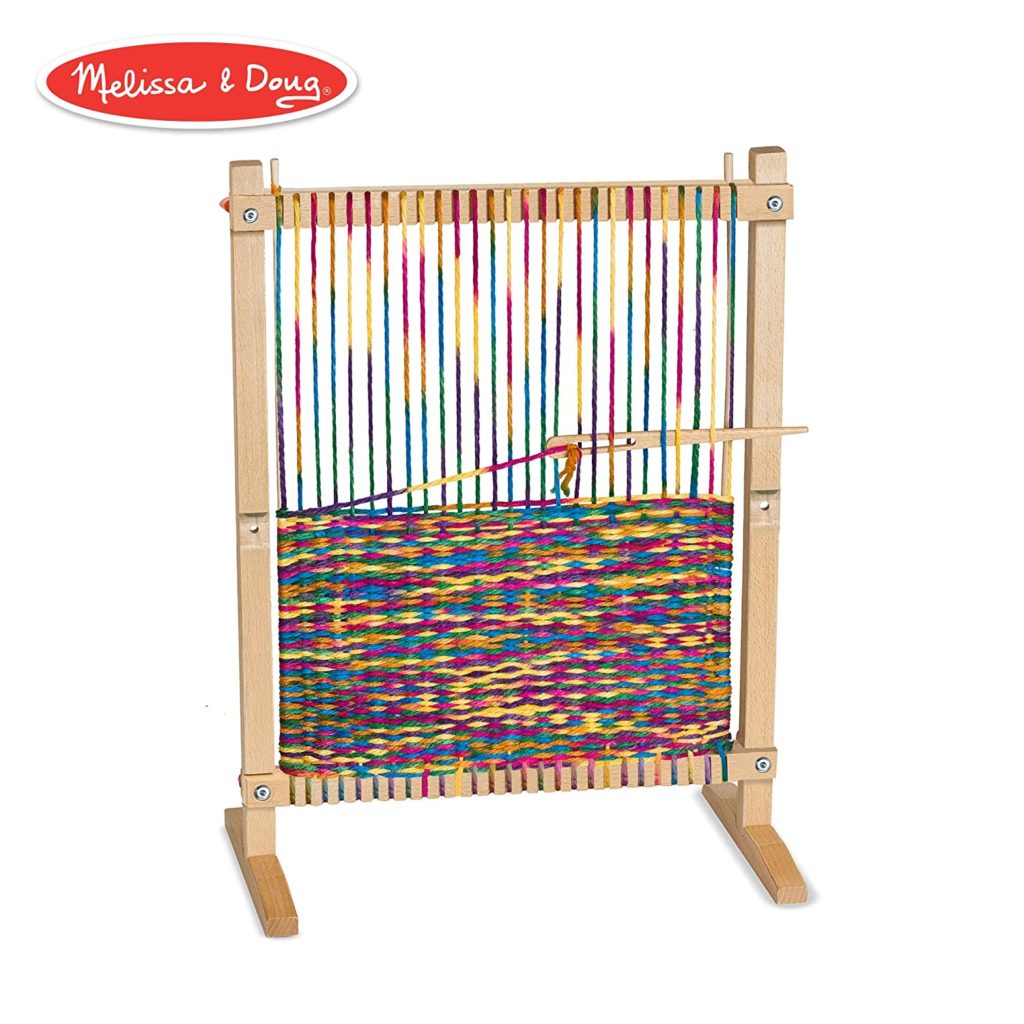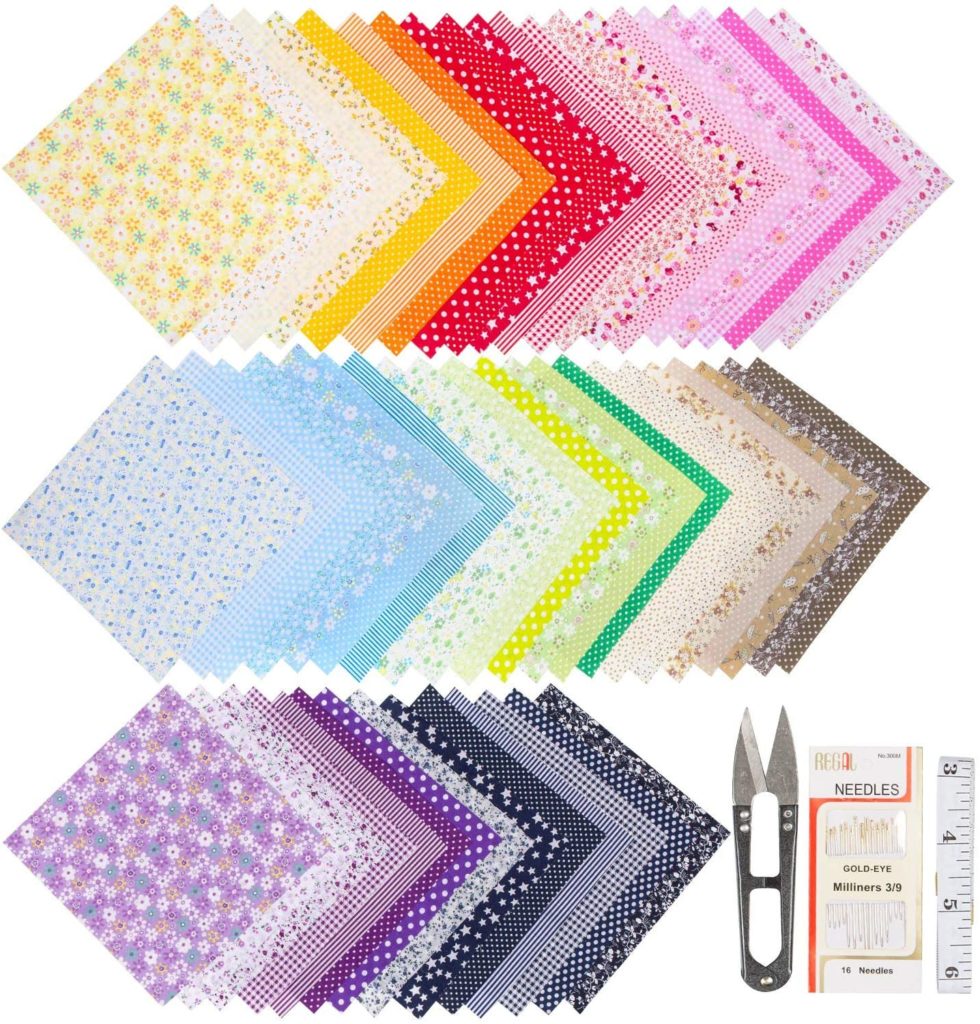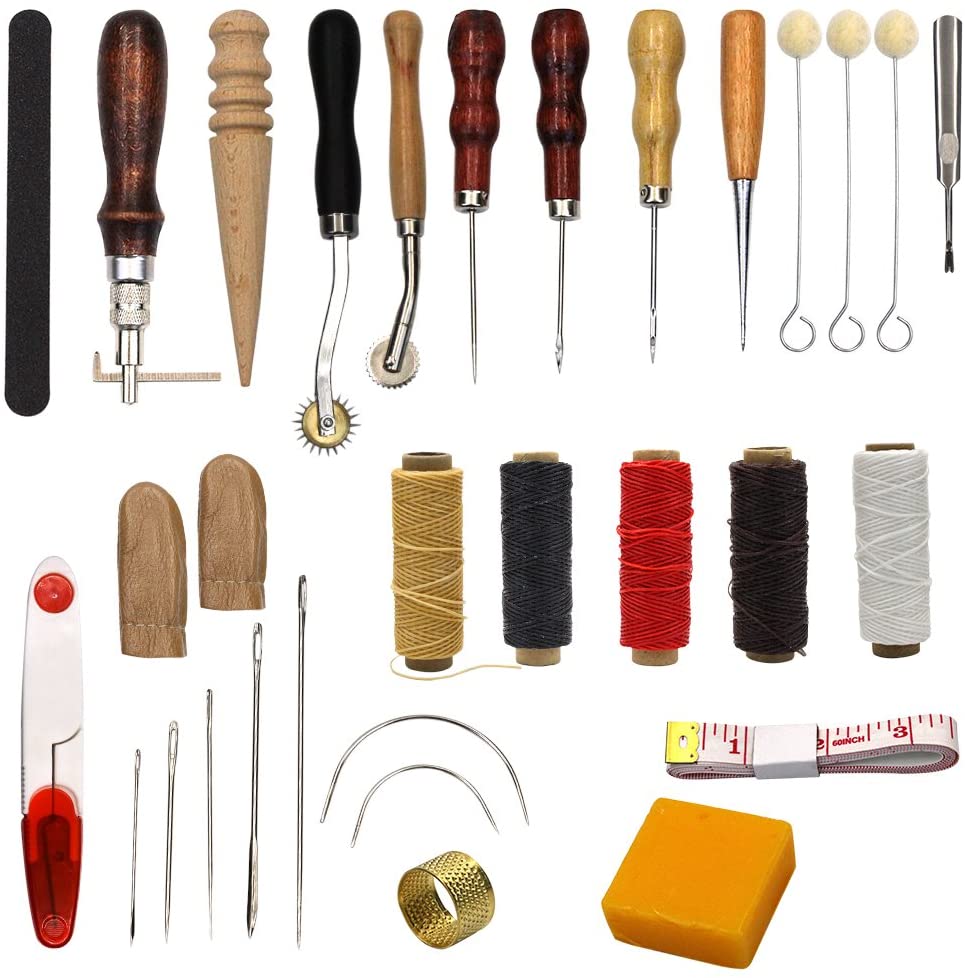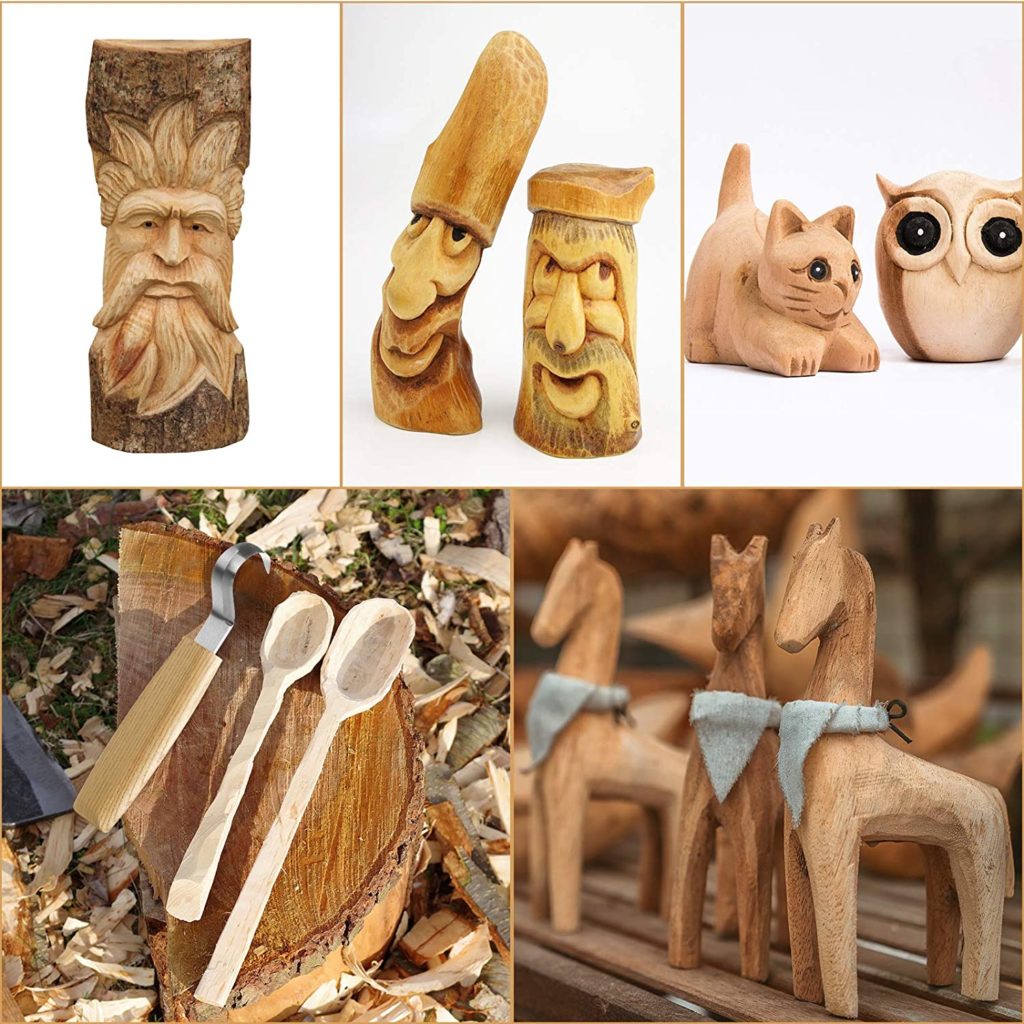Home Educating at the End of the Year – What’s in Rotation?
This blog post does not contain affiliate links because we think you should borrow books from your library if you can, or get them second hand or from where ever you personally want to buy books. Not just amazon because it might make us some money. You can read more about our affiliate policy here.
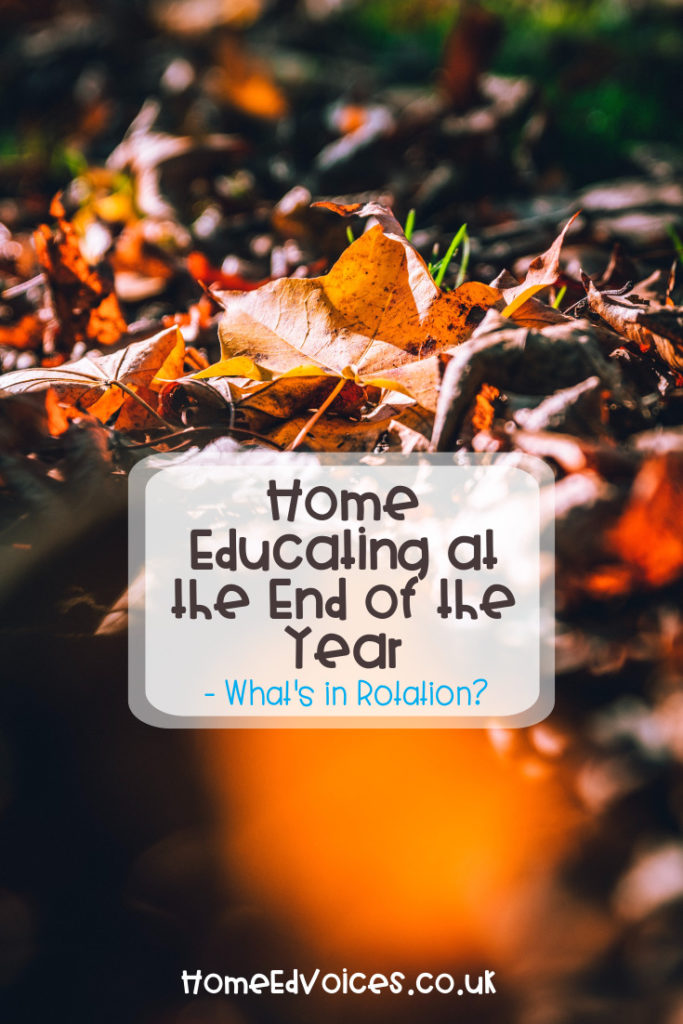
In the last few weeks of 2020 (seriously – Bye 2020!) this is what we’re using in our home education.
Kate’s Picks
For us, the end of November marks the end of the school year. This week we will attempt to metaphorically tie our school year up with a bow, finishing the last page in the maths workbook, the last handful of pages in the history book, the ending to that gothic horror story we started in October…
And then we will begin ‘reviewing’ all that we’ve learned this year, ideally whilst sipping hot cocoa under a heavy blanket.
Each year we focus on a different branch (or two) of science. We focus on a different period in history or the history of a specific location. But we generally end the year with these same video resources. The only new resource this year is What’s the Point of Maths? Netflix no longer shows The Story of Maths so this book will be our replacement for maths review.
When we fall down rabbit holes, I usually turn to The Royal Institution’s Christmas Lectures first. They’re amazing and we haven’t watched one we haven’t loved. Lucky for us, Marcus Du Sautoy has done a Christmas Lecture!
We use the same videos for review each year because each year we make new connections after having explored the subject more deeply or explored some new facet of it. I would normally throw in good literature from the library to round us out, but Pandemic Life has ruined me a bit and I suspect any good literature I can find on Audible will feature heavily this season.
While our eyes and ears are busy with documentaries, we like to keep our hands busy with handicrafts (once they’re finished with that cocoa of course). ALL the handicrafts come out for winter. Miss Seven likes needle felting, her loom, and designing and sewing bags and now doll’s clothes. It’s time to stock the scrap fabric!
Mister Eleven has designs on some mukluk plans we found online. He too likes sewing but prefers practical/ wearable items made from pleather, leather and wool scraps. Leather especially can be hard on the hands, but the right tools make it easier. He also likes to work with wood and, while I insist he does his whittling outside at bushcraft, he may sand or etch his projects with his pyrography pen.
Katie’s Picks
In our house, we’re at the part of the year where we’re finishing up various things, and putting some other things aside to make room for seasonal resources.




Food Like Mine is part of the Children Just Like Me series by DK. It explains about many of the staple foods across the world, and contains a number of simple recipes. It kicked off my daughter’s love making sushi at home, which has become a weekend treat for all of us. (Luckily we have a great Chinese grocers nearby.)
My seven year old and I have been working through Life Cycles since we started back up in September, reading through a few pages a week. It’s a very more-ish book, and taps into her love of animals, nature, geography and science. (You can see example of the life cycles here.)
She and I are also reading Grow A Garden from the Maker Comics (by Alexis Frederick-Frost), because she loves to grow things and is already thinking about what she wants to put into the garden next year, after her success with leeks this year. The Maker Comics series are fun and full of good technical information, as well as having useful activities to try and things to make. I hope they continue adding to the series, as both this one and the Draw a Comic one were both really good.
Kate already reviewed the kids’ version of Black and British by David Olusoga this month, and I agree with her that I’m glad we’re working through the book rather than listening to it as an audiobook. It’s an interesting and important book that has added layers and layers of detail onto the things I thought I already knew. It’s also a starting place, rather than a destination, and has led to many conversations in our house as we piece together history and the present in this country and the world.




Morning time is slowly being taken over by holiday resources. I love resources that accept that Christmas as we know it now, is a grab bag of winter customs and traditions from across thousands of years, rather that scolding the reader for ‘forgetting the true meaning of Christmas.’ *bleugh*
Carols from Kings by Alexandra Coghlan so far is part music interpretation, part history lesson. It gives carols their historical context, as well looks at their lyrical and musical meaning. My children love singing carols, and I have been looking for ways to expand our repertoire. It looks that there a wide variety of carols discussed in the book, given that King’s College commissions a new carol each year.
We started The Twelve Birds of Christmas by Stephen Moss last year so I am picking up from where we left off. This book is a deep dive into the lives of twelve different species of birds, loosely held together by the Twelve Days of Christmas carol, and is giving us plenty of nature study bang for our buck. It’s text heavy and image light though, so we always spend sometime looking up images and video of the birds online if they are ones we aren’t able to see them locally.
A Children’s Literary Christmas from the British Library was a gift I gave myself in the late December sales last year. It may well prove dangerous as we have only just started it, and I now have a number of the full novels who’s extracts we have read here, on our reading list.
We have been using Nurturestore’s Seasons School Winter Retreat as a key part of our December since it was first released as an email course in the lead up to the solstice in 2015 (I think.) This year I bit the bullet and bought it as an ebook so that we work through it more easily, and so that I can print it out. It’s full of easy but engaging activities and ideas, that aren’t complicated to set up, or messy and that still work for us as my children grow up.




Kits I bought at the beginning of the first lockdown in March (Pom Pom Puppies and Pom Pom Kitties) have been pulled out again recently, and we have more pompom puppies and kittens to play with. I need to buy some more extra chunky yarn though, as we are running out again. I think the girls are planning to make some as presents this year. There have also been lots of paper planes and origami around again. It’s fun seeing them come back to things, and see how much their fine motor skills have improved.
What are you enjoying in your home education at the moment? How do you finish up the year?
